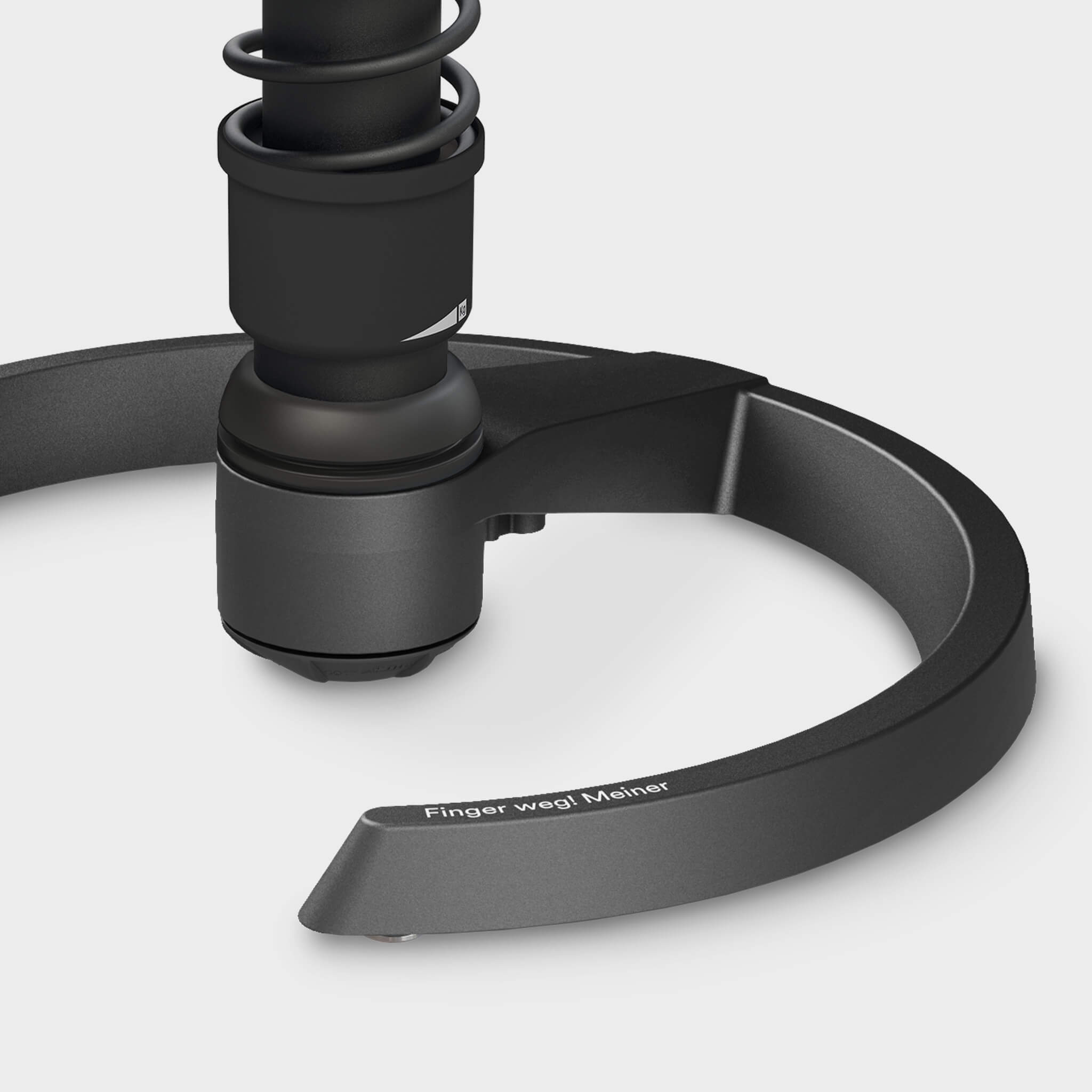At Aeris, sustainability has been at the heart of our business philosophy from the very beginning. Our commitment to making environmentally conscious decisions is particularly evident at our energy efficient manufacturing facility in Horgau.
We are receiving governmental aid for our further expansion of our production facility through KfW subsidy. In this article, we explain exactly what the funding is and why we have chosen the higher KfW classification.
Sustainable building - what's behind the KfW subsidy
Energy-saving construction projects and sustainable renovations, such as photovoltaic systems, heat pumps and modern thermal insulation, are supported by a KfW grant.
KfW Bankengruppe is a state-owned promotional bank and is known for its extensive financing programs aimed at mitigating the economic and social impact of the COVID-19 crisis and supporting ecological and digital progress.
Die KfW-Förderung, insbesondere im Bereich der effizienten Gebäude, ist Teil des Deutschen Aufbau- und Resilienzplans (DARP). This plan is financed by funds from the European Union as part of the NextGenerationEU Recovery and Resilience Facility (ARF).

Promotion for the future: The importance of KfW standards
KfW 85, 75, 55, 40 (EE), (NH) and Plus - What is actually meant by all the KfW standards?
In short, the KfW efficiency classes indicate how energy efficient a building is: the lower the number, the more energy efficient and environmentally friendly the building.
Why we decided on the KfW 40 standard:
Because we are committed to sustainable and energy-efficient production, we specifically chose one of the highest KfW classifications for the expansion of our production facility in Horgau. Government support for this standard will enable us to invest even more in sustainable technologies in the future.
NSustainably ahead: our Aeris energy-efficient house
Our production facility in Horgau demonstrates that Aeris has always been committed to a sustainable future.
Back in 2007, before renewable energy was on everyone's lips, we were already focusing on photovoltaics. In fact, in recent years we have expanded the solar panels on our roofs to the point where we now generate more electricity than we use. We feed the surplus into the public grid and can use it to power additional homes.
This goes hand in hand with KfW's photovoltaic subsidies, which specifically promote the use of renewable energies.

We also use innovative thermal insulation and efficient air-source heat pumps, the use of which is also subsidised by KfW.
The new, light-flooded extension is heated and ventilated by building core heating and an efficient ventilation system. We generate the necessary heat with 2 large air heat pumps and a combined heat and power unit. These technologies ensure minimum energy requirements and maximum energy efficiency.
Although we have doubled our production area and expanded our warehouse space by 1/3, we now consume less energy than before. Incidentally, our headquarters in Haar follows this line: here, too, we are supplied with 100% renewable energy.
Our path to the future
Through advanced, energy-efficient construction methods and the use of innovative technologies, we are setting new standards and contributing to ecological change in Germany. We are proud that we have implemented the high KfW standard and built a future-oriented, sustainable building at our production site in Horgau.
